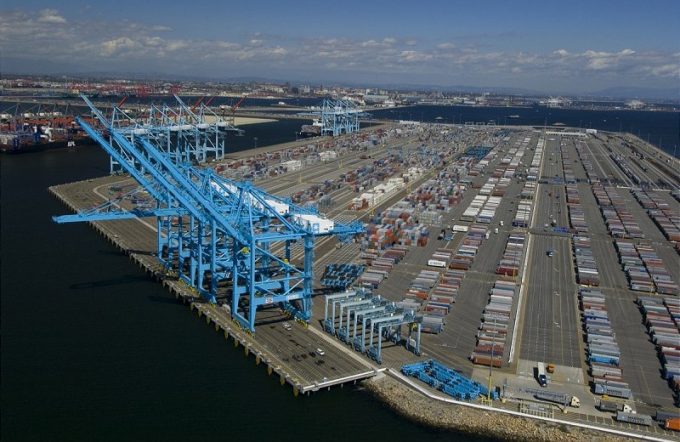MCK: Power forward: Five make-or-break truths about next-gen e-commerce
MCKINSEY argued earlier this month that e-commerce is undergoing a fundamental change, reshaping how customers ...

The spectre of a repeat of last year’s congestion is beginning to rise on the US west coast as ocean container dwell times at major gateways have increased in recent weeks and the availability of rail equipment and chassis has decreased.
Ports and terminal operators are raising the alarm over rising container dwell times caused by lack of rail equipment, which has forced them to slow unloading of containerships.
At the port of Long Beach concerns are mounting that terminals are running ...
Outlook for container shipping 'more uncertain now than at the onset of Covid'
Shippers warned: don't under-value US exports to avoid tariffs – 'CBP will catch you'
Teamsters union vows UPS will be 'in for a hell of a fight' over jobs cull
Cancelled voyages take the sting out of spot rate declines this week
New Houthi warning to shipping as rebel group targets specific companies
K+N CEO unveils impact of US import tariffs on China-origin goods
Blanked sailings in response to falling demand 'just a stop-gap solution'
CMA CGM to reflag box ship as the French carrier eyes growing Indian market
More pressure on transpacific rates as carriers bet on a China-US trade deal
Boeing looks to resell up to 50 aircraft rejected by Chinese buyers
'Strong start' to 2025, despite market uncertainty, says Kuehne + Nagel
US Customs chaos means 'more downside risk than upside potential' for air cargo
Taiwan ministries act to mitigate effect of trade war on agriculture exports
Wan Hai joins box shipping 'arms race', but avoids Chinese yards for newbuilds
MOL signs up with Climeworks for direct air carbon capture and storage

Comment on this article